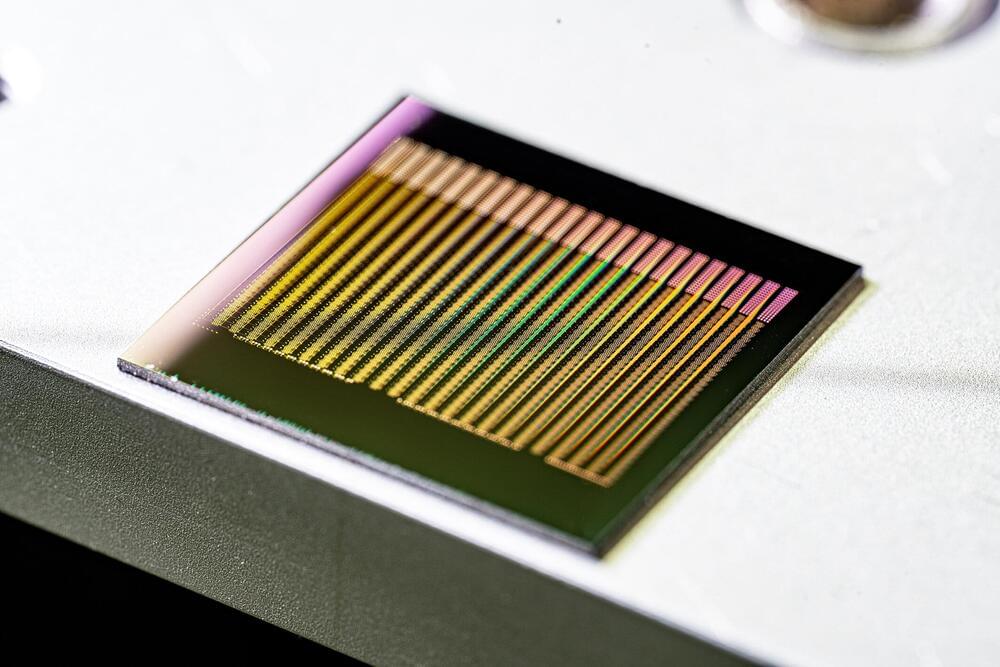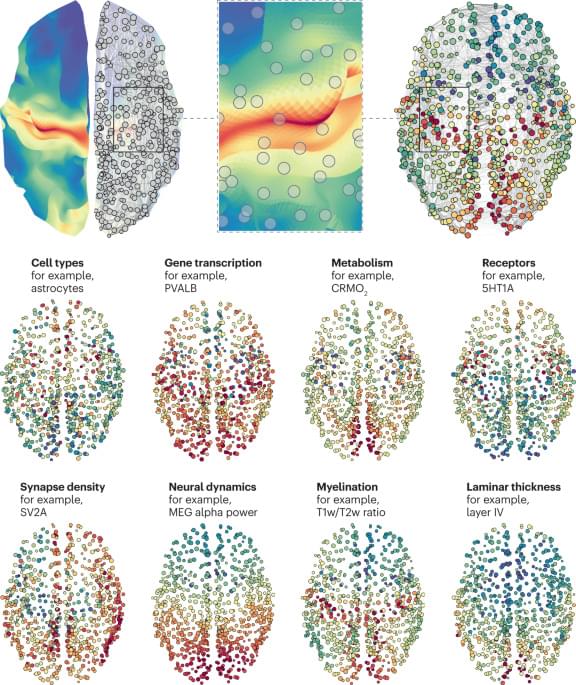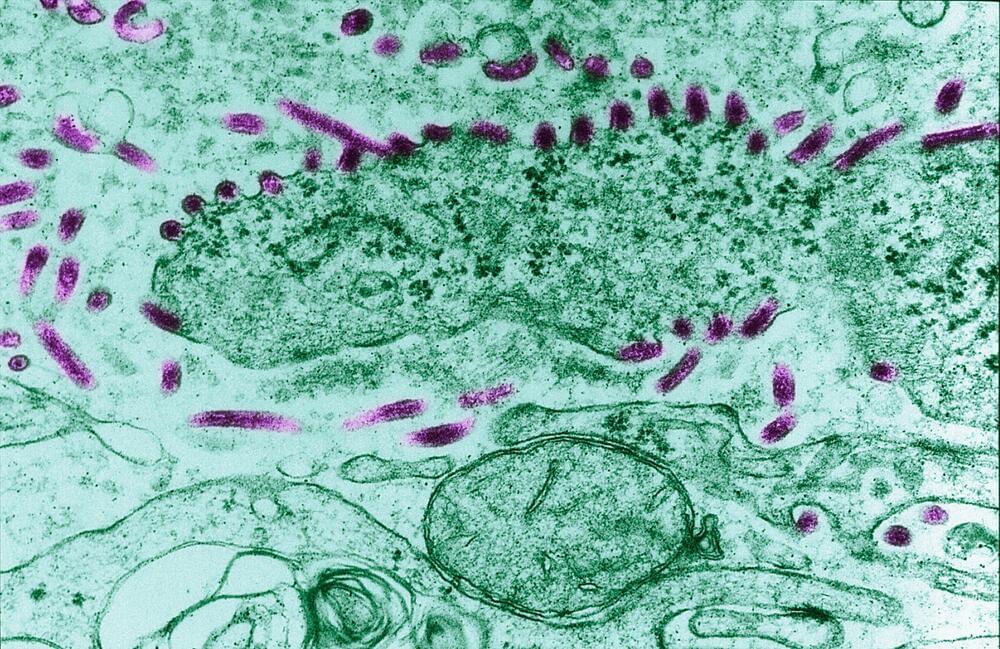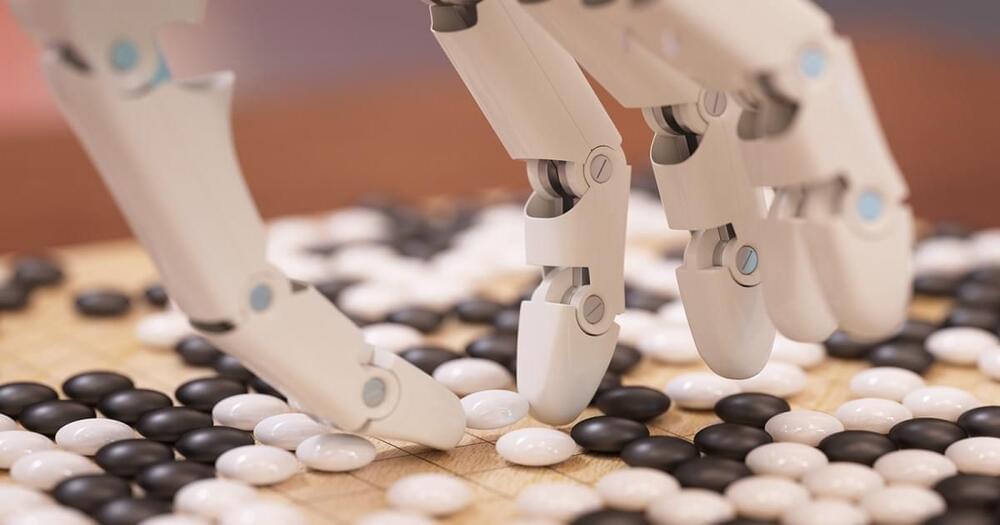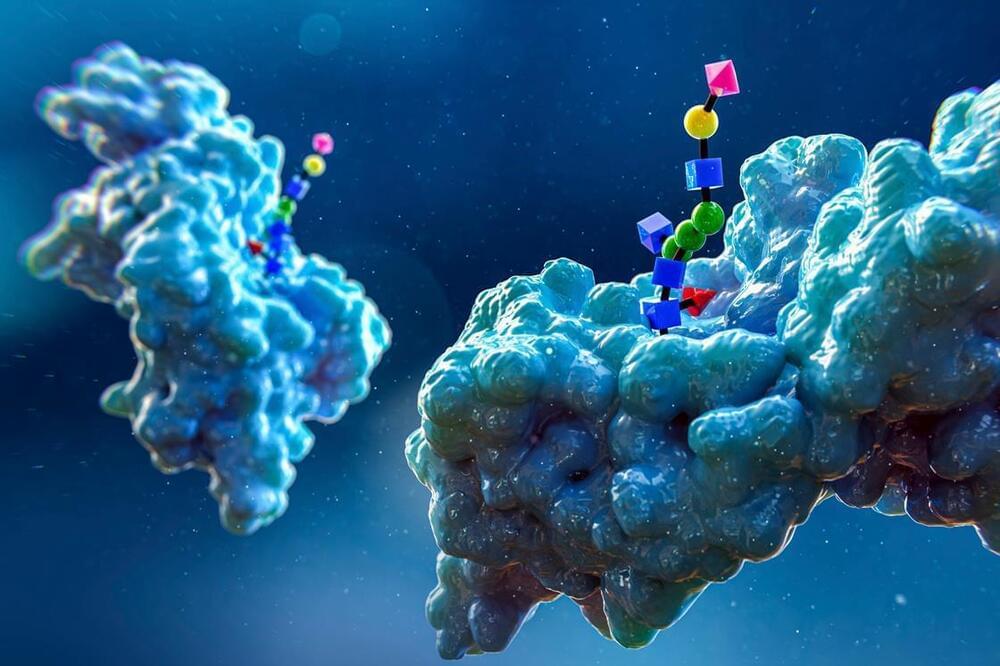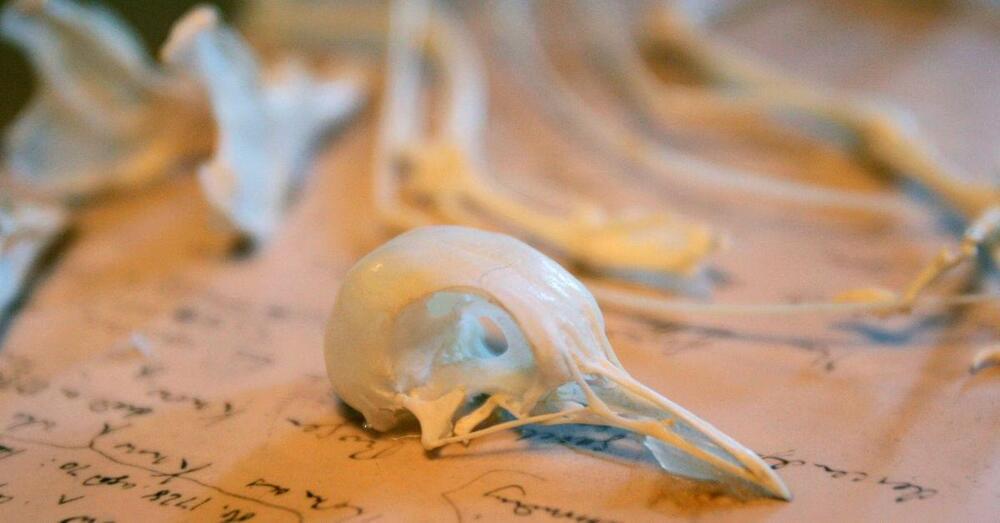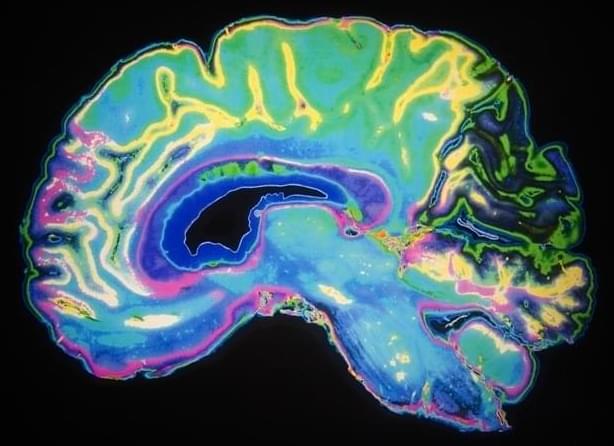Oct 29, 2023
New elephant trunk inspired robot for better human interaction
Posted by Gemechu Taye in categories: biological, robotics/AI
“We hope that this soft robotic arm exemplifies a future where machines assist, complement, and understand human needs more deeply than ever before.”
Drawing inspiration from the movements of elephant trunks and octopus tentacles, researchers at the CREATE lab of t. It ishe Swiss Federal Institute of Technology Lausanne (EPFL) has developed a revolutionary robotic structure, the “trimmed helicoid.”
Set to usher in greater compliance and control in robotic design, this structure ensures safer interactions between humans and robots and is a result of blending computational modeling with astute biological observations.


